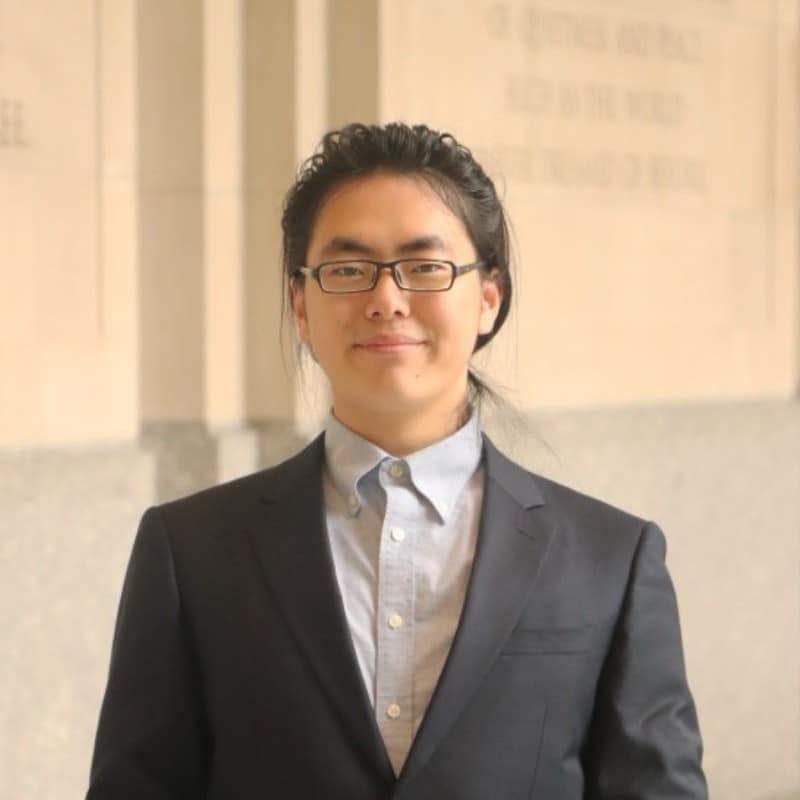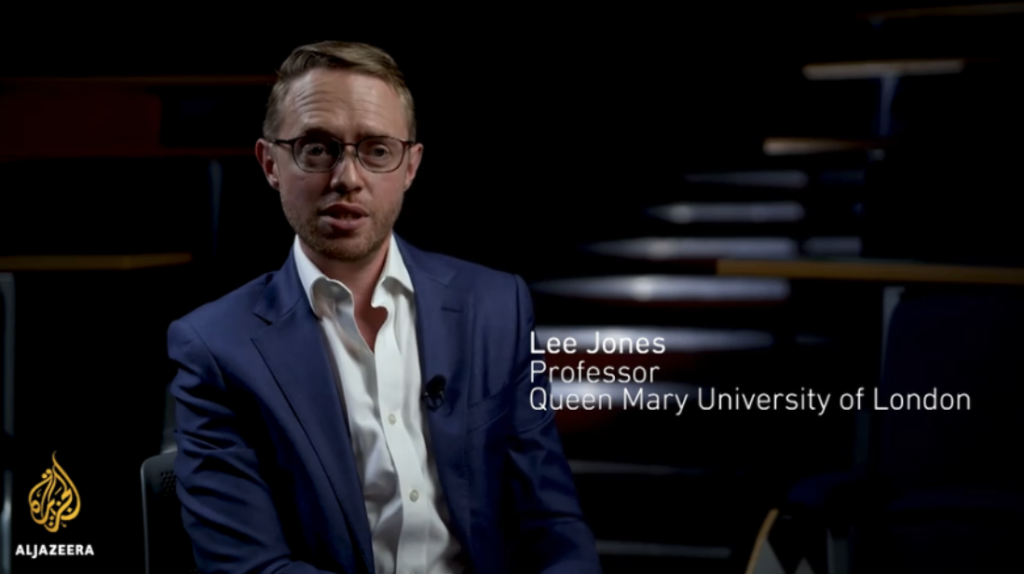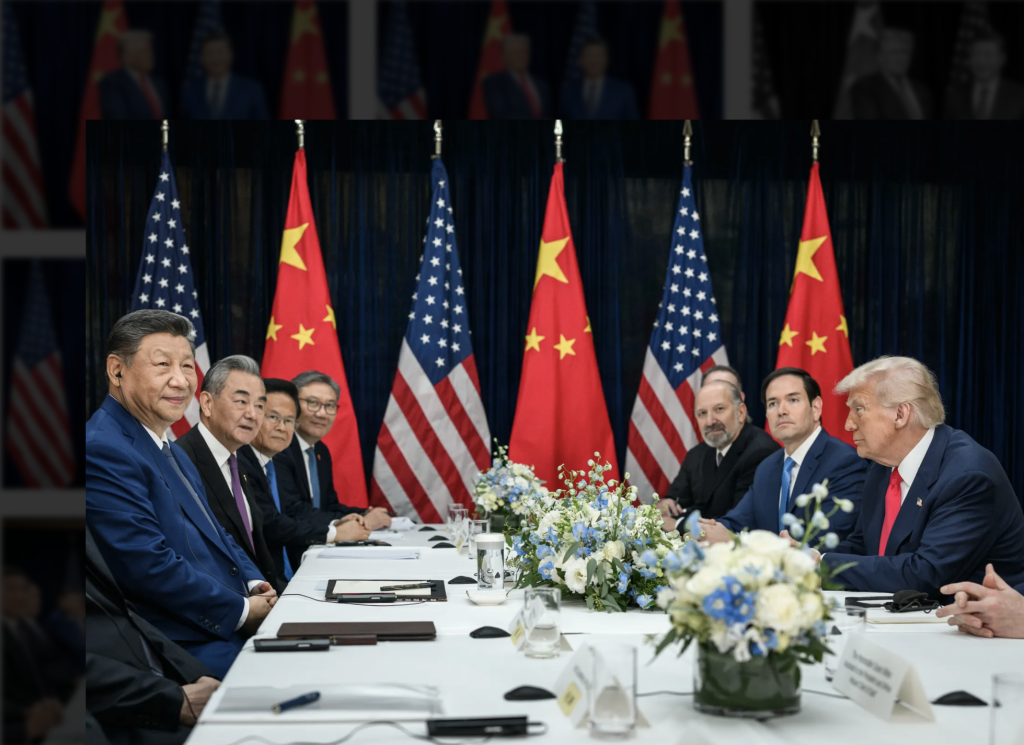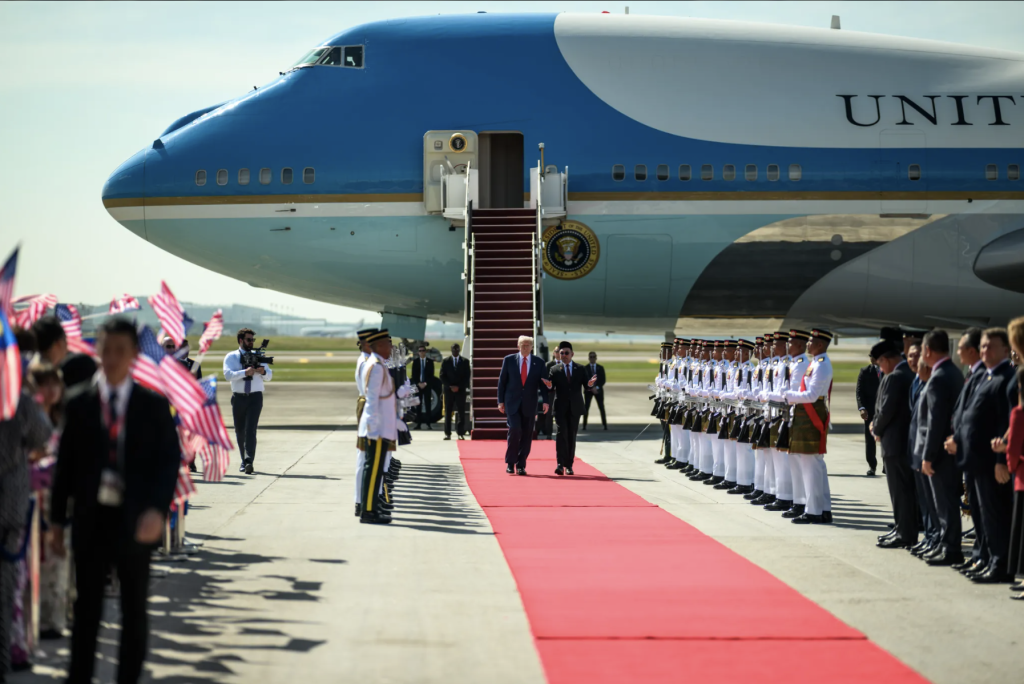How Capable Are the U.S. and Japan of Intervening in a Taiwan Conflict?
Preventing Spina Bifida: A U.S.-China Collaboration Success Story
- Analysis
 Zhiyuan Zhou
Zhiyuan Zhou- 08/29/2024
- 0

At the 2022 Paralympics in Beijing, Chinese athlete Zhuo Yan was a standout as the only woman on the wheelchair curling team. A two-time gold medal winner, Adam Hall, competed in Alpine Skiing. What these two athletes have in common is that they both suffer from a birth defect – Spina bifida.
Spina bifida is a Neural Tube Disorder (NTD) that affects the spinal cord of fetuses and causes mild to severe disabilities. By 2017, 5.3 million people in China suffered from NTDs. Medical professionals across the world now know how to detect and prevent Spina bifida. The treatment involves consuming folic acid, a B vitamin that reduces the risk of NTDs. But in the 1970s, given the complexities of studying huge populations suffering from Spina bifida, researchers were challenged to find the cause.
It was President Nixon’s 1972 China trip that changed everything. The Shanghai Communiqué he issued with Premier Zhou Enlai opened the door for American and Chinese scientists to travel between the two countries. Among them were a few public health and medical delegations, specializing in cardiology, schistosomiasis, cancer, hepatitis, and birth defects.
The legal foundation for scientific collaboration between the two parties was finally signed by President Carter and Premier Deng Xiaoping in 1979 as the U.S.-China Science and Technology Agreement. That paved the way for a successful collaboration between the United States’ Centers for Disease Control (CDC) and China’s Beijing Medical University (BMU) in using folic acid to reduce the incidence of Spina bifida. The collaboration, from 1983 to 1995, saved tens of thousands of lives and millions of dollars in both countries and serves as a model for success in public health collaboration.
The Science and Technology Agreement carries enormous historical significance as the first treaty reached between the two countries after diplomatic normalization. This treaty covers all bilateral, government-to-government agreements in this field, and over 100 protocols were signed under it. Surprisingly, the pact has no funding obligations. Sadly, the agreement expired last year and is approaching the end of its second 6-month extension. As the agreement is critical to continued collaboration from public health to climate change, a well-deliberated update of it should be introduced to safeguard mutually beneficial scientific collaboration and address concerns of national security.
Medical exchanges lead to joint research
Since the mid-1960s, American scientists have suspected that folate deficiency might lead to fetal malformations, but the mechanisms were unclear. As U.S.-China exchange programs in the 1970s expanded the exposure of both countries’ medical communities, scholars with similar minds started to land on common ground in research.
In the early 1980s, about 100,000 infants in China were born each year with Spina bifida or other NTDs. Yan Renying, professor of obstetrics at the BMU, led a pilot project on child death in several villages near Beijing, where she found a 1/40 infant death rate, one-third of which included deaths from NTDs. Yet, for China under the long shadow of the Cultural Revolution and Mao’s “barefoot doctor” policy, which defunded cutting-edge medical research, finding the cause of Spina bifida was a formidable task.
The rapid rise of contact between Chinese and U.S. medical professionals, however, brought change and hope to Spina bifida research. At a 1983 conference in Beijing, Yan met Godfrey Oakley from the United States’ CDC, whose team specialized in the epidemiology of birth defects and was greatly interested in Spina bifida. Visiting county-level hospitals in China, Oakley was shocked by what he called “an epidemic of NTDs.”
Yan and Oakley quickly decided to cooperate, leading to joint CDC-BMU research. Though the collaboration faced tremendous difficulties due to ideological differences, political challenges, ethics, funding, and logistics, the project expanded into five Chinese provinces, leading to the stunning discovery that China’s NTD rates were approximately 10 times higher than in the West.
After breakthroughs in Europe in the early 1990s, Robert J. Barry with the CDC and Li Zhu with the BMU led another round of experiments between 1993 and 1995. Working with women in 12,000 Chinese villages and an annual funding of $1 million, they found that among women who took 400 μg of folic acid daily, fetus NTD risk plummeted by 41 to 80 percent.
Policies to reduce Spina bifida
With the concrete conclusions from the CDC-BMU project, the United States and China amended their public health policies. In 1998, the U.S. Food and Drug Administration required folic acid to be added to grain products, such as bread, pasta, rice, and cereal. Since then, Spina bifida and other NTDs in the United States dropped 28 percent. First Lady Hillary Clinton, in a 1998 speech at BMU, commended the CDC-BMU project on Spina bifida as the greatest example of U.S.-China collaboration. “Our grandchildren,” she said, “will have to look in history books, not medical books, to learn about diseases like Spina bifida.”
In 1994, China’s Ministry of Health (MOH) announced a national vitamin supplement program for all prospective mothers. Later, in 2009, the MOH initiated a project making folic acid pills free at their community health centers. Folic acid intake became part of China’s national standard for nutritional supplements. One case study in Liaoning Province showed an 11 percent decrease in Spina bifida per year.
Successful collaboration
U.S.-China collaboration accelerated the discovery of an actionable solution to Spina bifida, saving taxpayers money and nurturing healthy, strong babies. Although the 13-year project cost more than 200 million RMB ($27 million), it would have cost much more if it had been carried out in the United States. As economist Zhuo Chen pointed out, the benefit of the investment far exceeds its monetary input as it enables children to grow up healthy and whole.
The Chinese medical community had advantages that the United States didn’t have, and vice versa. China had low research costs and a sizable, trainable workforce. China’s massive population and high rates of Spina bifida made it easy to identify experiment participants as over 250,000 Chinese women participated. In comparison, the United States had strengths in advanced technology, its number of epidemiologists, and funding. Both parties gained from the collaborative work.
Uncertain fate of the U.S.-China Science and Technology Agreement
Last year, the Science and Technology Agreement expired. In the past, the treaty is usually amended every five years to adapt to change, particularly concerning intellectual property protections. But as some policymakers call for its full termination, the agreement is currently renewed every six months. In February 2024, the U.S. State Department announced its second six-month extension, and as the term limit nears, both countries’ scientific communities are holding their breath for what’s coming next.
The agreement is instrumental for higher education and basic research in areas such as public health, agriculture, and clean energy. “Leaders of Chinese and American universities… know that self-isolation is a death sentence for universities,” said William Kirby at Harvard University. Collaboration allows American scientists to know what their Chinese counterparts are doing, and in some cases, how far ahead they are.
The CDC-BMU Spina bifida collaboration demonstrates that under the Science and Technology Agreement, scientific research can bring tremendous benefits to people in both countries, saving lives, money, and time. Concerns over national security can be managed through negotiations and dialogues without jeopardizing collaborative efforts. Instead of temporary renewals that disrupt research and cause anxieties, a well-deliberated update of the agreement, as China policy experts Denis Simon and Marcus Stanley contend, can guarantee that scientific advancement is not jeopardized at the expense of national security, and vice versa.
Eyes will be on the Paralympics this summer in Paris. Perhaps one day, no Spina bifida athletes will compete as the birth defect will be eliminated. We can credit a U.S.-China public health collaboration for improving the lives of babies around the world.
Zhiyuan Zhou is a History and Government graduate of Cornell University. He is a research intern working with Dr. Karen Mancl, Ohio State University, a Wilson Center Fellow focusing on U.S.-China collaboration.
The views expressed in this article represent those of the author(s) and not those of The Carter Center.







